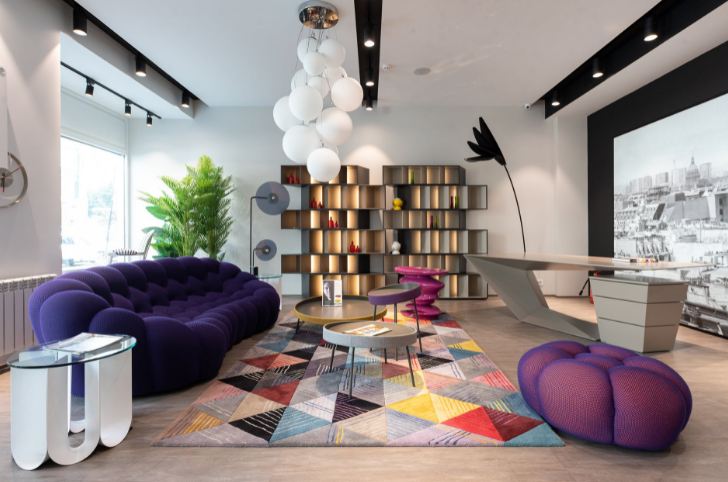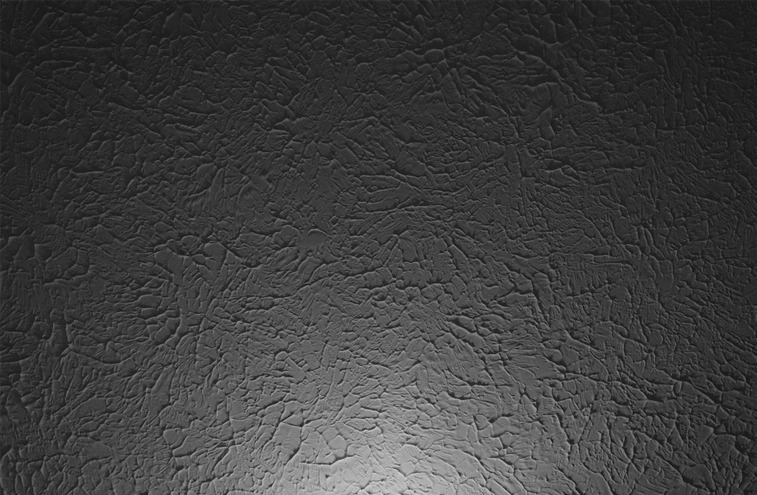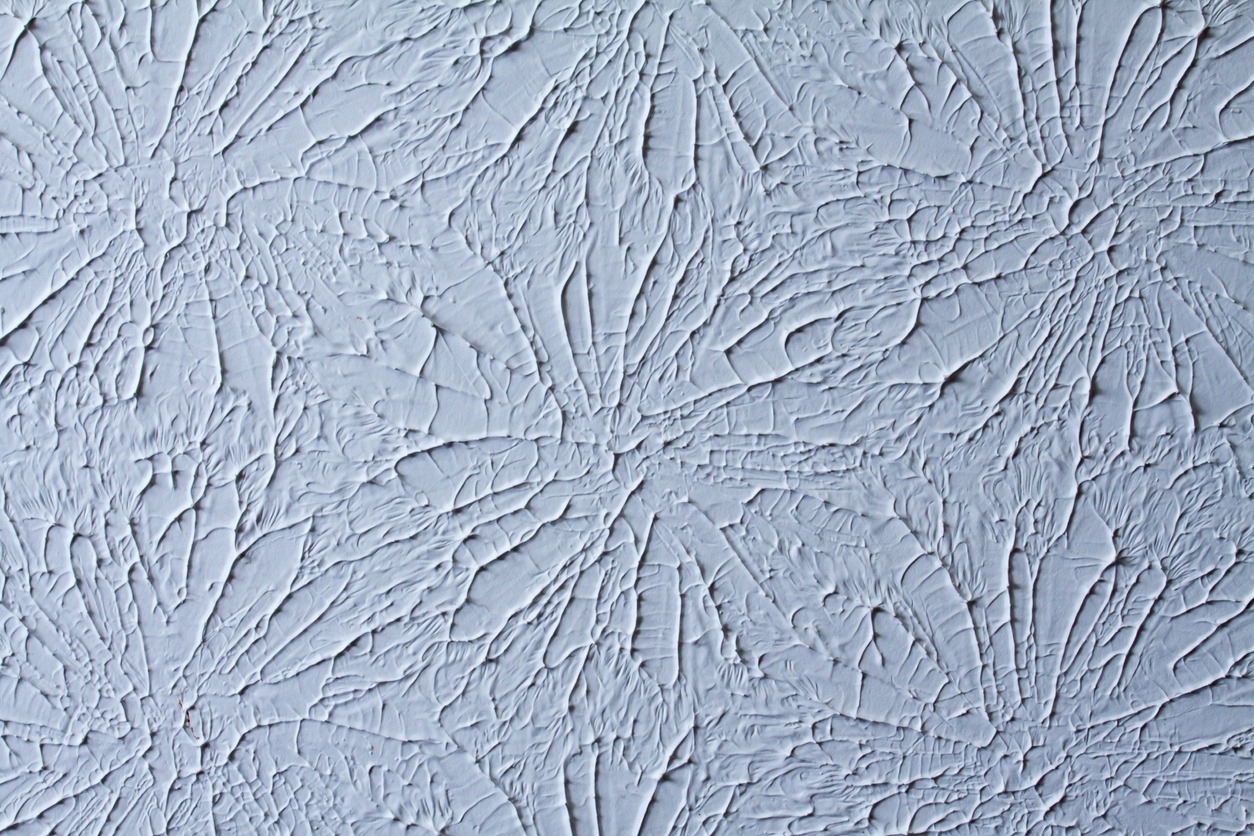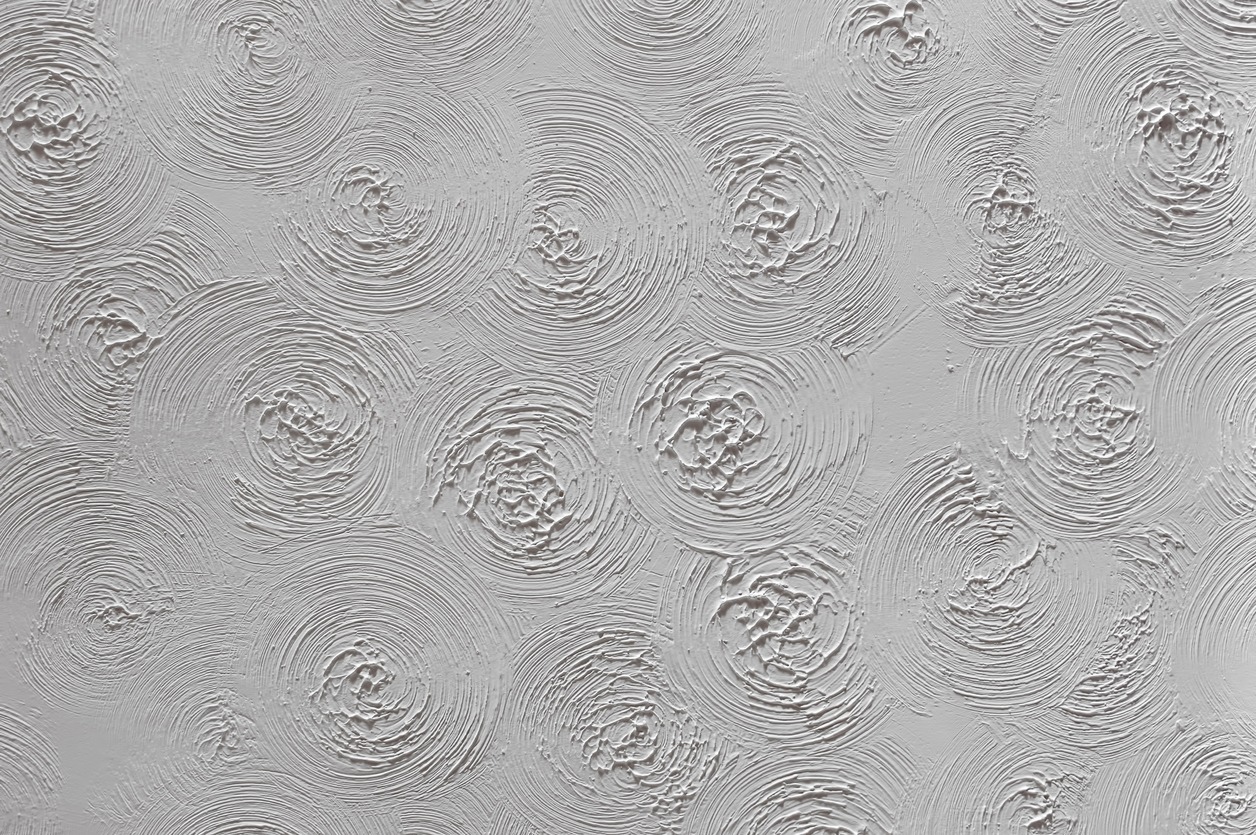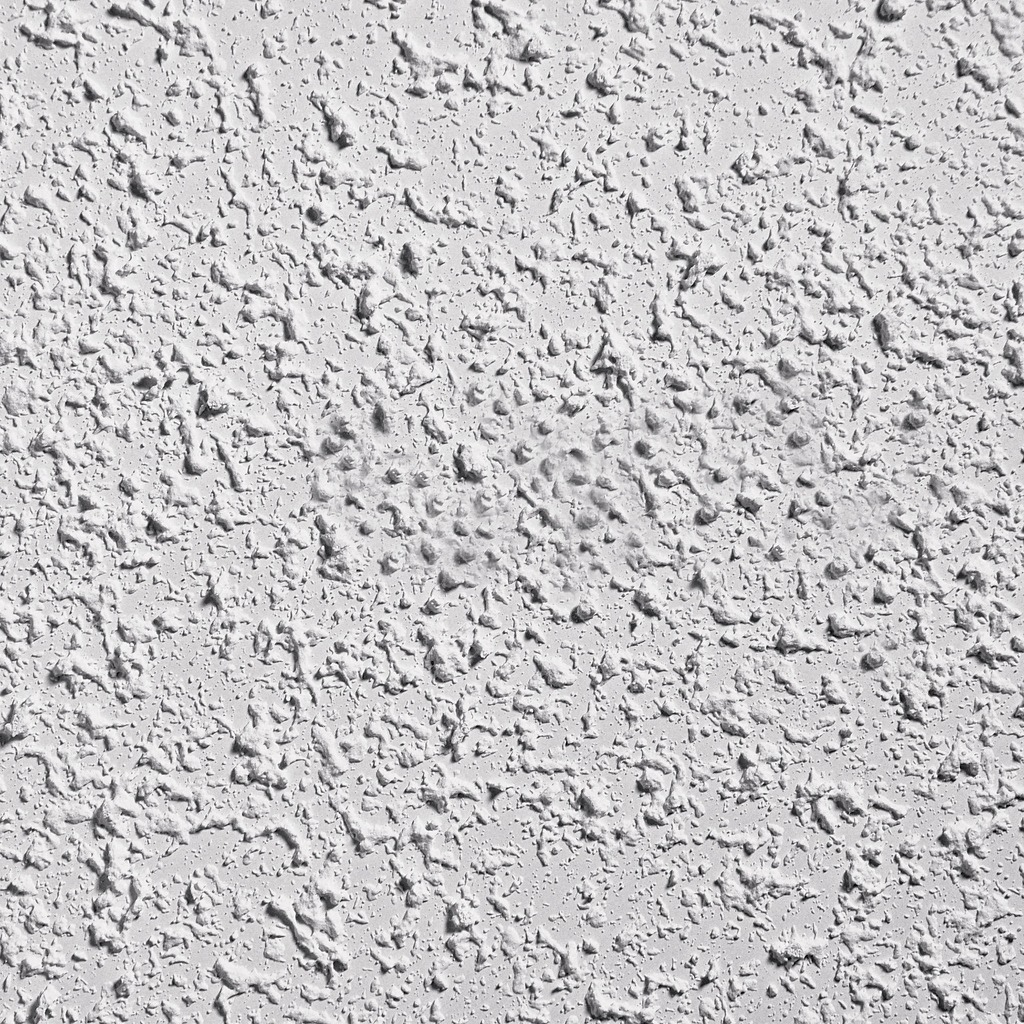Did you know that nearly 65% of homeowners consider the choice of ceiling texture and drywall options as pivotal in their home renovation plans? It’s not just about aesthetics; the right texture can greatly affect a room’s acoustics and light reflection, enhancing the overall ambiance. As you explore the myriad of options available, from the simplicity of smooth finishes to the intricate patterns of knockdown textures, you’ll find that each has its unique advantages and challenges. Whether you’re leaning towards DIY or contemplating professional services, understanding these choices is important in bringing your vision to life. Let’s take a closer look at how these options can transform your space.
One of the most challenging jobs in decorating homes is choosing the best drywall finish or texture for ceilings. It’s because when deciding what type of texture to use for a new house or renovation project, there are a lot of options to choose from. Also, to texture or not to texture a ceiling could also be a tough choice. But texturing a ceiling is probably much cheaper compared to installing beadboard, but it’s not very easy to do. Another significant aspect to beautify your home is the wall.
If you want to texture your ceiling but you haven’t decided yet about which ceiling texture you should choose, we are here to help you. You can learn how to take on a DIY-texturing project here. Here are the different types of ceiling textures and drywall options you can choose from. These options are not just for ceilings because they are also applicable to walls.
Once you decide the ceiling texture, the next significant thing not to forget is the lighting, which would, of course, emphasize your ceiling while giving the room a chic look. It can be a great idea to convert your little cozy corner into a relaxing zone by hanging Moon Lamp Moon Light in your room, which exactly looks like a moon radiating the dim light all around. Choose from ceiling lights such as flush mount lights and recessed lights. And of course, you should only install the best low profile flush mount ceiling fans to your new textured ceiling.
Understanding Drywall Options
Selecting the right drywall is important for your project’s success, as each type offers specific benefits to meet various needs. When you’re diving into construction, understanding the range of drywall options available can have a major impact on the outcome. Regular drywall is the most commonly used for its versatility and cost-effectiveness, serving as a solid base for most interior spaces.
However, when you’re dealing with special requirements, other types emerge as more suitable options. Moisture-resistant drywall is your go-to for areas like bathrooms and basements, where dampness is a regular concern. It’s designed to withstand moisture and prevent mold growth, ensuring the longevity of your walls.
For enhancing safety, fire-resistant drywall is a wise choice, especially in areas prone to fire hazards. It contains fibers that help slow the spread of flames, giving you extra peace of mind. If you’re after a quieter environment, soundproof drywall can greatly reduce noise transfer between rooms, perfect for offices or homes.
The Benefits of Textured Ceilings
Textured ceilings can greatly enhance the aesthetic and functional aspects of a room, offering benefits like hiding imperfections and improving soundproofing. If you’re considering updating your space, understanding the advantages can help you make an informed decision. Here’s a breakdown of why textured ceilings might be the right choice for you:
- Concealing Minor Imperfections: Unlike smooth ceilings that require meticulous preparation to hide any scratch or small hole, textured ceilings, including types like popcorn ceilings, are more forgiving. This texture can effortlessly mask imperfections, making your ceiling look impeccable with less effort.
- Fast Application and Cost-Effective: Textured ceilings offer a fast application process. This means less labor and time spent compared to achieving a perfectly smooth finish, translating into cost savings for you.
- Soundproofing Benefits: The textured surface breaks up sound waves, enhancing the room’s acoustics by reducing echo and noise transmission. This makes textured ceilings a practical choice for improving sound quality in a space.
- Personalized Designs: With a variety of textures available, you can choose a design that complements your room’s decor. The ability to personalize the texture based on the applicator’s effort allows for unique ceiling finishes that reflect your style.
How to Choose the Right Texture
When selecting a ceiling texture, you’ll want to weigh the texture’s durability against your daily lifestyle and room usage. It’s also important to match the texture with your room’s aesthetics to make it complements your decor seamlessly. Consider these aspects carefully to make a choice that suits both your practical needs and style preferences.
Texture Durability Considerations
Considering the durability of your ceiling texture is crucial in ensuring it withstands daily wear and remains visually appealing for years to come. When selecting the right texture, keep these points in mind:
- Different Textures for Durability: Opt for knockdown or skip trowel textures for a long-lasting finish.
- Ease of Maintenance: Smoother textures like orange peel tend to be easier to clean compared to rough textures like popcorn.
- Longevity and Resistance: Skip trowel or spray sand textures are excellent for their durability and ability to withstand wear and tear.
- Concealment of Imperfections: Choose textures like sand swirl or stipple brush that not only conceal minor imperfections but also offer durability, making them ideal for high-traffic areas.
Room Aesthetics Match
Choosing the right ceiling texture can dramatically enhance a room’s aesthetic appeal, matching its decor style perfectly. Different Types of Ceiling textures, like popcorn, peel, Sand Swirl, and knockdown texture, offer unique looks. For high-end homes, a Skim Coat provides a smooth finish that acts as a perfect focal point. If you’re after sound absorption, popcorn texture’s your go-to, while a peel or Sand Swirl adds character without overwhelming. For Easy DIY projects, knockdown texture stands out; it’s simple yet effective in creating a sophisticated vibe. Always consider if the texture complements your room’s theme and whether you’ll need professional help for installation. Remember, consistency across your home is key, but don’t shy away from making a statement in specific rooms.
Exploring Ceiling Textures
When exploring ceiling textures, it’s important to understand the variety of options available, each offering unique aesthetic and functional benefits. You’ve got a wide array of textures to contemplate, depending on the look and feel you’re aiming for in your space.
Starting with the orange peel texture, you employ a hopper gun to spray a mix that dries into a slightly bumpy surface, giving your ceiling a modern vibe. It’s a subtle choice that adds character without overwhelming a room’s design.
If you’re leaning towards a more artisanal appearance, the comb texture might catch your eye. This technique involves dragging a comb through wet drywall compound to create patterns like circles or half-circles, lending a bespoke elegance to your ceiling.
For those who love a DIY project, the slap brush texture is within reach. Using a roller and a slap brush, you can stamp thin, intricate lines onto your ceiling, crafting a pattern that’s as unique as your home.
Knockdown texture offers a rustic look reminiscent of stucco, skillfully hiding minor ceiling imperfections with its mottled finish. Finally, the popcorn texture, a nod to the ’90s, provides a rough, bumpy surface ideal for concealing flaws and adding acoustic benefits. Each texture, from knockdown to popcorn, enriches your ceiling with its distinct charm and utility.
1. Sheetrock Ceiling Texture
This drywall ceiling texture type has been famous since 1917. It is a rough texture that can give an artistic look to your ceiling using drywall. Instead of using spray paint, this texture can be achieved by using a hand technique without any special brushes. It can go well into any kind of room whether it is designed in modern style with elegant wallpaper or filled with wooden furniture just like a farmhouse style room.
2. Crows Foot Ceiling Texture
You will need a stipple brush to be able to make the crows foot ceiling texture. This texture is usually a two-man job because it needs someone to apply the stipple brush pattern while the other one applies the mud in the other sections. This can be a messy project, so make sure that you cover the room with plastic.
3. Stipple Brush Ceiling Texture
This ceiling texture requires more skill because it can be quite challenging. You can create this texture by using a roller and slap brush. It is not a smooth type of texture, therefore, you can use it to cover imperfections on your ceilings such as holes, giving more attention to the texture. However, this type of texture is pretty thick and if you’re not skilled enough, it might get a little messy.
4. Swirl Ceiling Texture
To create this ceiling texture, you can use either a roller or sprayer. You can also do a technique called basic swirl method by using a trowel. This ceiling texture requires a lot of patience and the swirls will depend on the tool you will be using. The challenging part of applying this texture is that you need to create the pattern before the mud dries out. If you have a wide ceiling surface, you might want to get a hand from another person.
5. Hawk and Trowel Ceiling Texture
As the name suggests, you will need a hawk and trowel to achieve this ceiling texture. It is also a drywall ceiling texture that is not smooth. It can give your ceiling a dramatic impact. This texture is simple to create and it also does not require a high amount of skill, unlike the other previous ceiling textures.
6. Orange Peel Ceiling Texture
This ceiling texture is called orange peel because it resembles orange skin, but sometimes it is also called an eggshell ceiling texture. To create this texture, you will need to apply thin mud to the ceiling by using a spray gun set at high pressure. Orange peel is a great ceiling texture that can add a more artistic ambiance to a room.
7. Smooth Ceiling Texture
This texture is most people’s favorite because it’s cheaper and it does not require a high skill. Aside from that, it can also give a consistent look to your room compared to other textures. A smooth ceiling texture is also easier to remove if ever you will do some renovations and it is pretty easy to apply as well. This ceiling texture is also great for any room in any style. If you like a simple and minimalist ceiling finish, then this texture is great for you.
8. Stomp Ceiling Texture
Stomp ceiling texture is applied by using a roller and a stomp brush. To achieve the right texture, you will need a drywall joint compound thinned to a paintable consistency with water. Make sure to cover your room with plastic before applying the compound because making this texture is messy.
9. Tree Bark Ceiling Texture
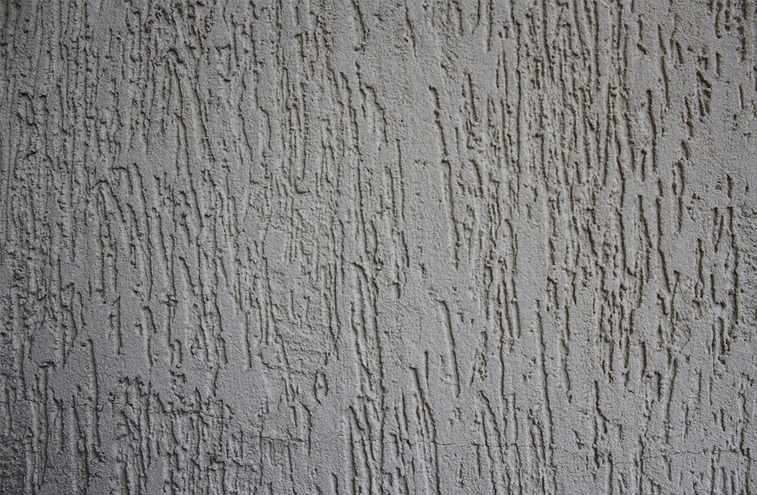
10. Skip Trowel Ceiling Texture
This drywall finish is probably the most known among the other types of textures. It is used as a plaster and plasterer’s tool to produce the texture. You can apply this ceiling texture by hand using a trowel. Dip it in joint compound then drag it gently across the ceiling. The compound will cover most of the surface but not the entire area, resulting in small circles.
11. Santa Fe Ceiling Texture
The Santa Fe ceiling texture belongs to drywall ceiling texture. This texture is similar to skip trowel but it covers more surface. Remember that if the coverage is less than sixty percent of the ceiling, then that is a skip trowel texture, but if it is more than that, it is Santa Fe ceiling texture.
12. Slap Brush Ceiling Texture
This is a very artistic type of ceiling texture but it is not easy to apply as well. To achieve this texture, you will need a brush with very stiff bristles and thin mud. The first step is to cover your ceiling with mud using a roller. After that, use the brush to slap the ceiling from the edge of the ceiling. This is challenging because if you don’t get it right, your ceiling might end up looking messy.
13. Popcorn Ceiling Texture
This ceiling texture is also known as “cottage cheese” texture or “acoustic” ceiling texture. This is probably one of the most famous ceiling textures. This ceiling texture resembles popcorn. To achieve its looks, you will need a sprayer to apply it. It contains mud and Styrofoam to create the puffy effect. This ceiling texture is quite difficult to apply and to remove as well.
14. Light Popcorn Ceiling Texture
If you want the popcorn ceiling texture but it seems like it’s too much for your home, then you can try the light popcorn ceiling texture. It is still a popcorn ceiling but much lighter. It is not too eye striking but it looks elegant. It is helpful for homes and rooms that are painted in a light color.
15. Knockdown Ceiling Texture

16. Skim Coat Ceiling Texture
This is another type of smooth ceiling texture. It can cover your ceiling perfectly after texture removal. If a popcorn ceiling texture is too difficult for you, try this style and it can go well in any room despite the style.
17. Spray Sand Ceiling Texture
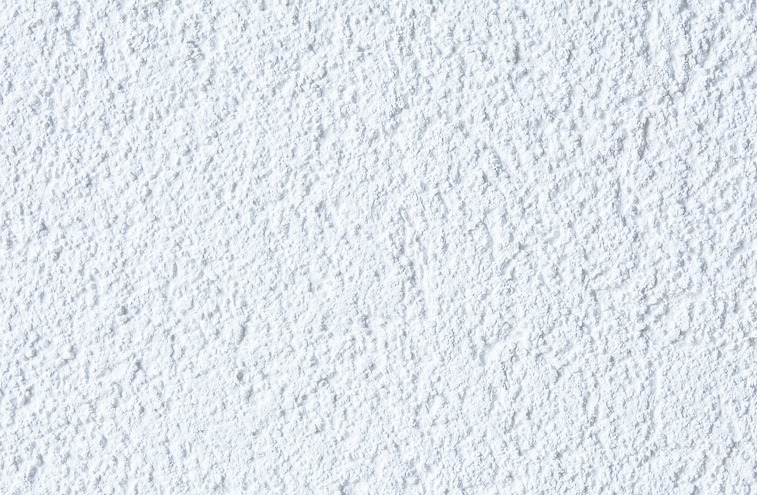
18. Fish Scale Ceiling Texture
The fish scale ceiling texture is something that will make your ceiling look amazing and draw the attention of people to it. It will definitely add an artistic touch to any room in your home. However, this texture is quite tough to apply and you will probably need to hire a professional to do the job. But the result is definitely worth the effort.
19. Lace Ceiling Texture
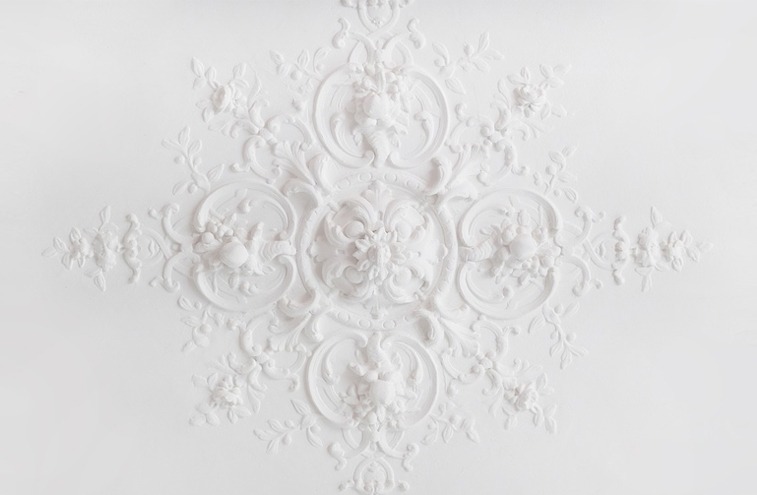
20. Rosebud Ceiling Texture
This is a popular ceiling texture and it is also easy to apply. The important thing to remember when creating a rosebud ceiling texture is to apply only a thin layer of mud. Then you will need a stomp brush or airless paint sprayer to achieve the look. This ceiling texture will match a room with smooth walls perfectly.
These are the different types of ceiling textures and drywall options you can choose from. Remember that when choosing a ceiling and wall texture, make sure that you consider which type will work best with your room style. Having a textured ceiling and wall can definitely add a nice touch of style to the design of a room including options for textured tiles as well. However, textures that are too thick or attention-grabbing can overwhelm the other design features of a room, therefore, be careful not to use overly thick textures.

